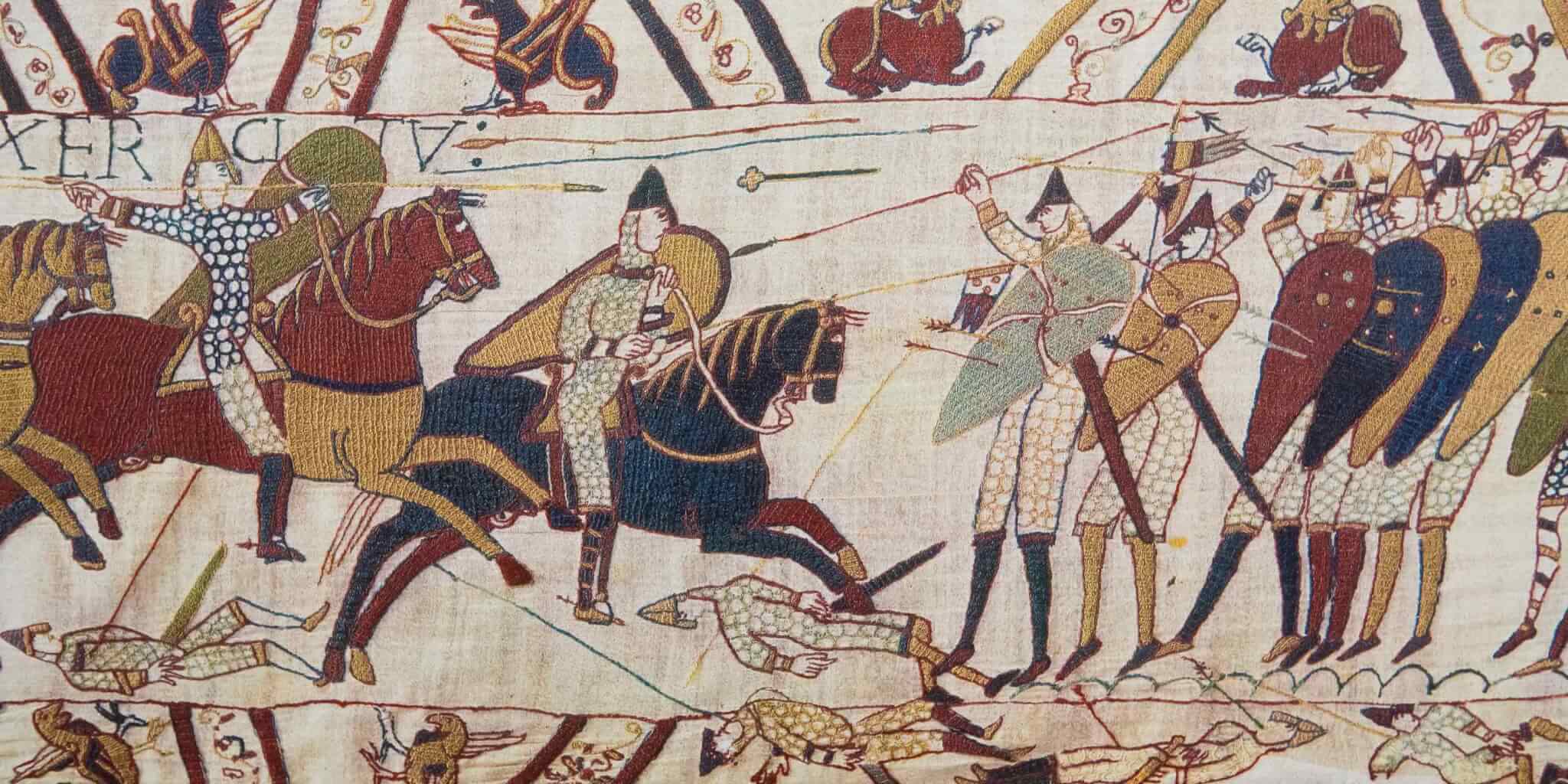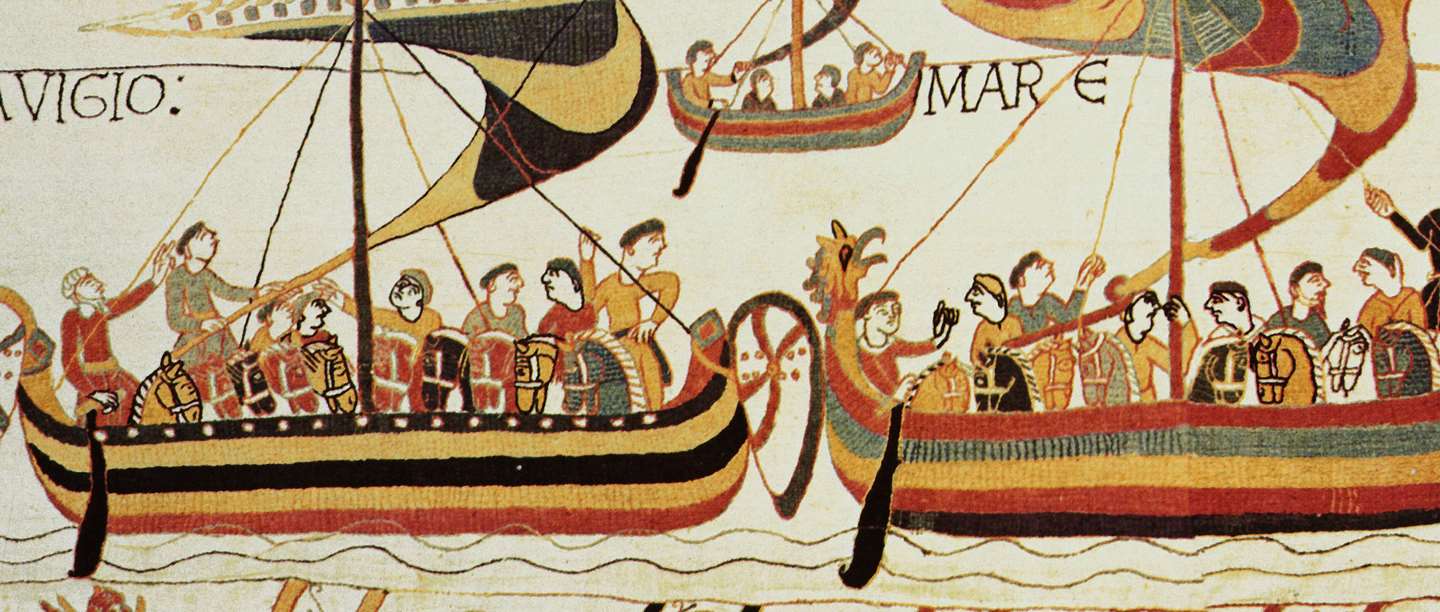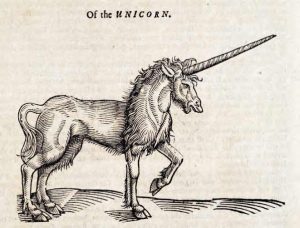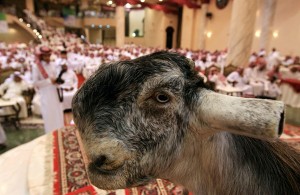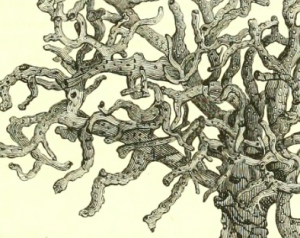Who Was Eadric The Wild?
Eadric the Wild, also known as Wild Eadric and Edric the Forester, was a well-heeled 11th century Anglo-Saxon. He lived in the West Midlands and was part of the English resistance to the Norman conquest. The guerrilla tactics used by him and his contemporaries are thought to have inspired the legend of Robin Hood.
The Norman invasion was an attack on England, led by a chap who would later become known as William the Conqueror (at the time he was humbly referred to as Duke William II of Normandy).
The Normans ended up killing the current King of England, Harold, and replacing him with William.
Not everyone in the country was overly happy about this sudden shift in power, including our hero de jour, Eadric the Wild.
Eadric, son of Ælfric, was a wealthy man; assessing exactly how wealthy is tricky because Eadric was a common name at that time. However, he seems to have owned a great deal of land in Shropshire and 12 hides in Herefordshire.
A “hide” was a measure of land that was used up until the end of 12th century. Its meaning varied; sometimes, a hide was enough land to support a family, other times it was enough land to generate £1 profit per year, or it could simply mean 120 acres.
Eadric’s Rebellion
Eadric the Wild did not intend to give up his land to the Normans without a fight. Thanks to his stubborn disregard for the new King in town, he came under attack from Norman troops stationed at Hereford Castle.
Eadric teamed up with some friends who fought under the Welsh prince of Gwynedd, Bleddyn ap Cynfyn, and attacked the castle in 1067. They were not successful, and they retreated to Wales to plan more fisty-cuffs.
From 1069–70, there were large-scale rebellions; Eadric and co. torched Shrewsbury but failed to besiege Shrewsbury castle. These and other endeavours were, ultimately, unsuccessful, and Eadric eventually submitted to William.
According to some accounts, Eadric completely switched his allegiance and assisted William in his Scottish raids in 1072. According to others, he spent the rest of his life in prison having lost all of his lands. Other still say that William gave Eadric a modest amount of land that provided him enough income to live a more frugal life.
Whatever happened, Eadric the Wild disappeared from history, and no one really knows how his life panned out.
What Was Wild About Eadric The Wild?
So, why was he called “Wild”? It seems he may have been part of a resistance movement spread throughout the country. The men were referred to as silvatici. These folk were a thorn in the side of their new Norman overlords.
They frowned upon sleeping in houses and always slept outside or in tents; they did not want to be made soft by the comforts of a warm home. Silvatici were sometimes called “green men” by the English.
Many chroniclers of the time mention these silvatici, roaming the wilds, living in woods and marshes. At one with this wild way of life, they would hide and attack and plunder anyone who came their way. It was effectively guerrilla warfare and, with William’s forces well and truly in charge, this was really their final option.
The word “murder” first arrives in English in the years just following 1066. It comes from the word “murdrum.” Murdrum was an ancient Danish law revived in England shortly after the conquest; it was introduced to help protect the Normans.
If a Norman was murdered, but the killer could not be found, the murdrum fine was paid by all of the inhabitants of the area where the body was uncovered.
It seems that Normans were making a habit of getting murdered by mysterious folk who disappeared into the night. These, it is thought, may have been the silvatici.
The Harrying of the North in 1069 was partly a response to these wild men — the land was stripped bare to leave them no hiding places. These green men put up quite a resistance and ruffled some Norman feathers.
Some historians believe that the silvatici might be the nugget of truth behind characters such as Robin Hood — wild men, living in the woods and fighting against the dastardly French invaders.
Myths Surrounding Eadric The Wild
According to shropshirehistory.com, Eadric’s capitulation to William was unpopular with many folk in the region, prompting the following myth:
“Edric’s surrender and support of King William did not please his local people who are said to have placed a curse on him as a punishment. Under the terms of the curse, Edric was imprisoned in the Stiperstones lead mines with his wife Lady Godda [who was, perhaps, a fairy or elf, according to some] and his men. It is said that, when danger threatens England, Edric and his men are released from the mines so that they can fight again, only to return underground once the danger is passed. He cannot die until all wrong is made right and England is returned to the state it was before the Norman conquest. Mortals watching them would be killed on the spot.”
Another legend is that Wild Edric haunts the Stretton Hills as a large black dog with fiery eyes. More of the fanciful tales that surround Edric the Wild can be read here.
Although we will never know the precise story behind Eadric and his band of wild vagabonds, he and the other groups of green men throughout England left quite a mark in folk legends and fables.
If you’d like to walk in Eadric the Wild’s footsteps, there’s a walk in Shropshire named after him — Wild Edric’s Way — that meanders almost 50 miles through Shropshire.
MORE INTERESTING HISTORY:
BONNACON: THE STRANGEST MEDIEVAL MONSTER
INTERESTING WWII DEATH TOLL STATS

